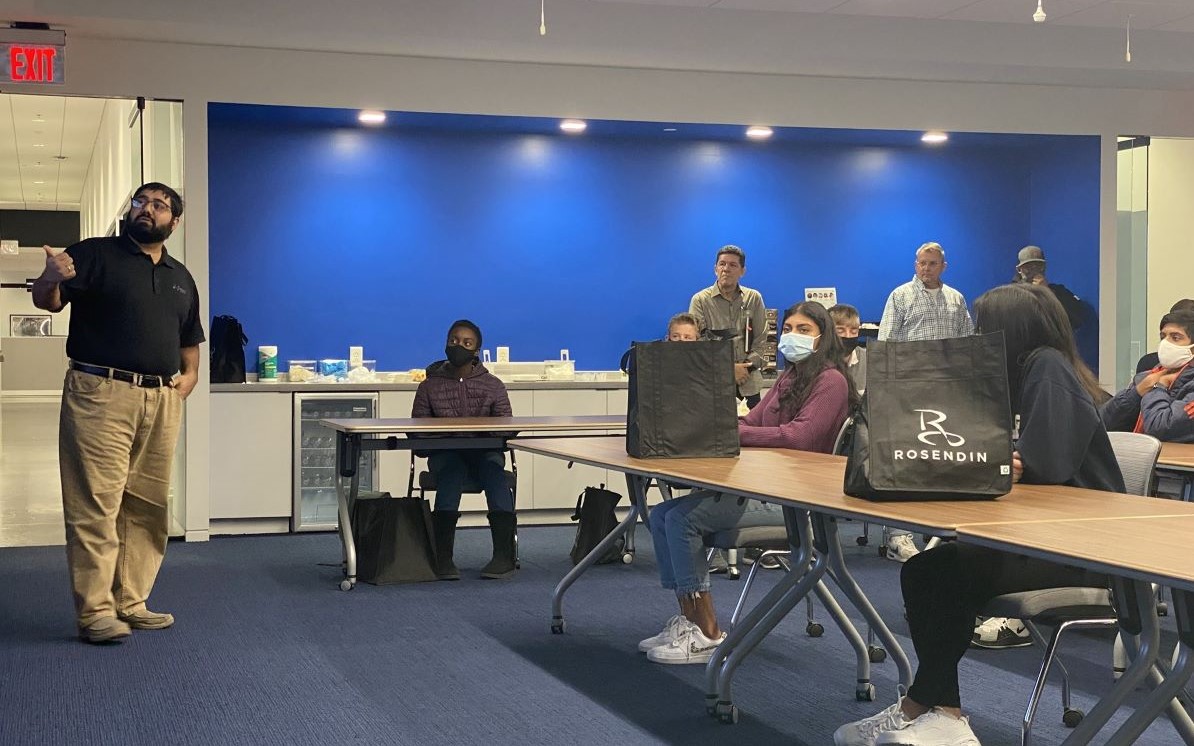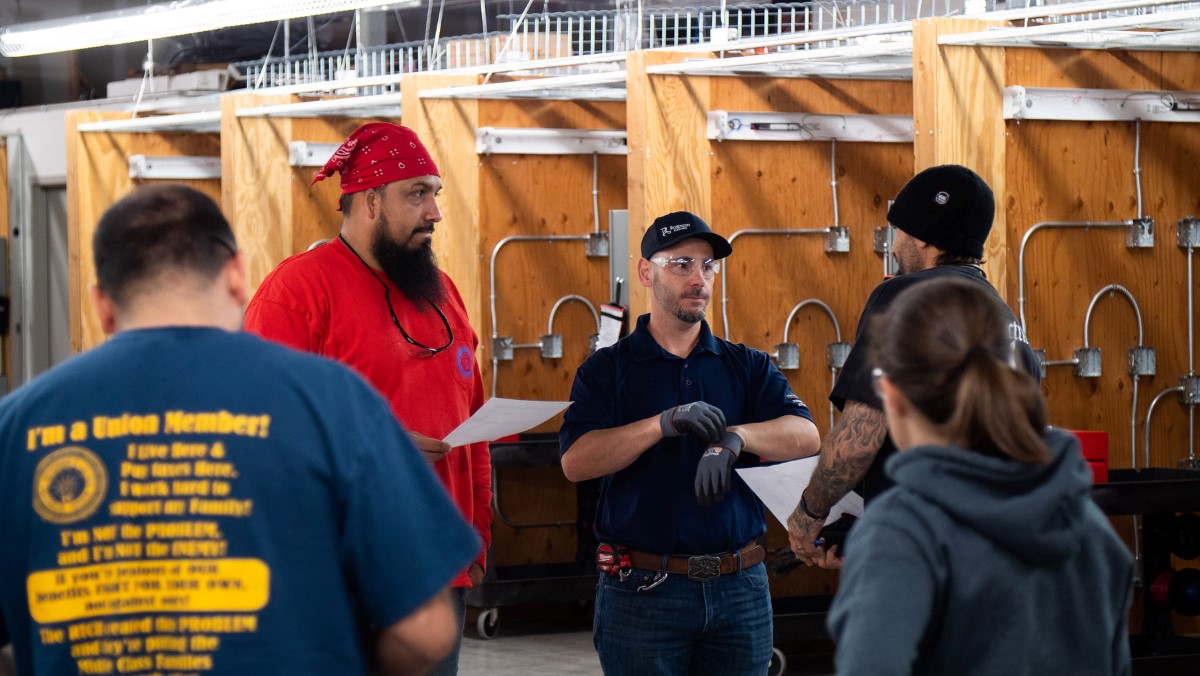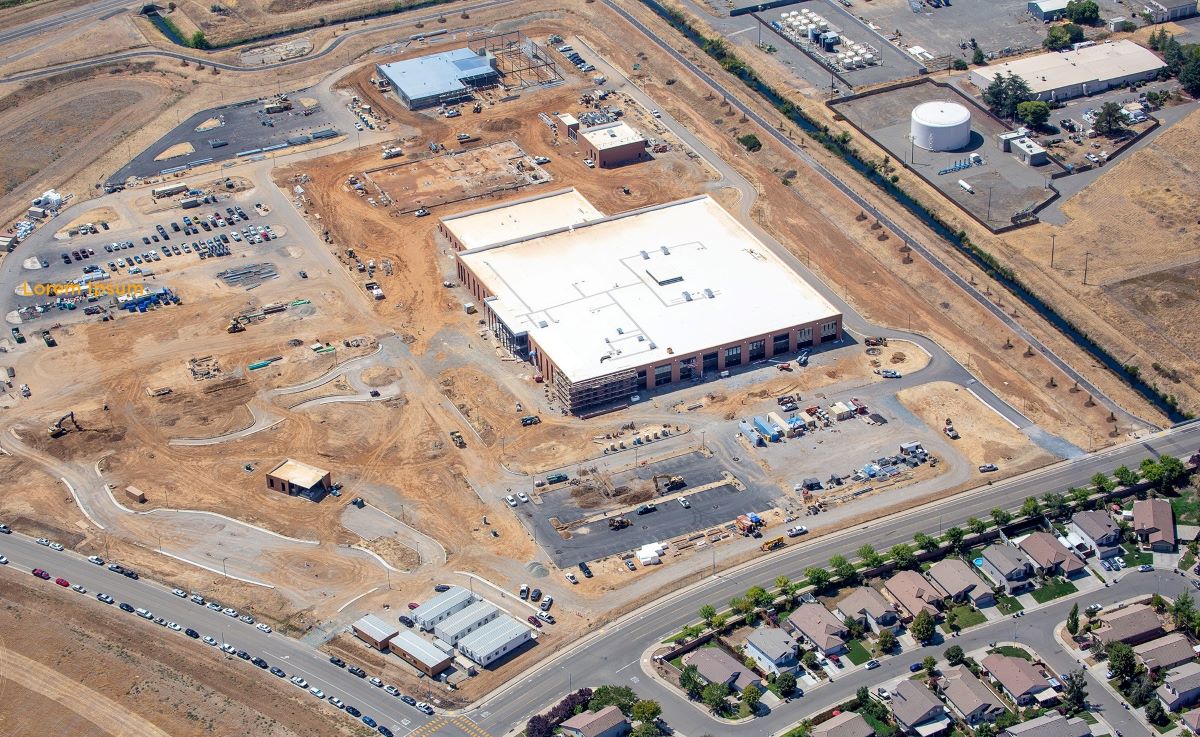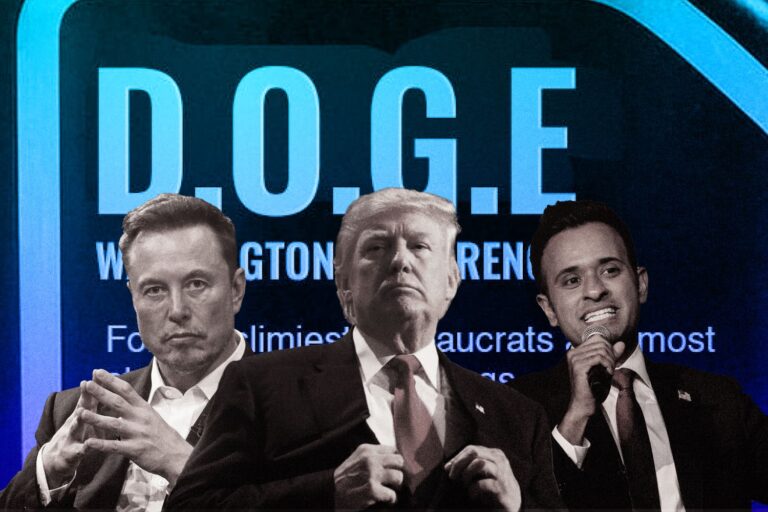Rosedin Electric: Why and How to Master the Effectiveness Game?
As one of the leading contractors on the international level – Rosendin Electric, based in San Jose, California, for more than 100 years has created a reputation for building quality electrical and successful leadership style.
Looking at the firm’s achievement, besides expertise in the industry, they have conquered a more difficult aspect – it is the workforce. How did the leadership at Rosendin draft their game plans? What does productivity and effectiveness look like on an organizational level? And insights into leading through crisis.
The Science of Effectiveness and Its Real Application
Organizations believe the bottom line of growth is improved productivity, yet does advanced productivity make real impacts?
While productivity is the basis of performance, throughout that journey did the organization develop people upon how they manage times, prioritize tasks and make decisions? Not just timewise but also effectively?
In a conversation with CIO Talk Network, Rosedin’s Chief Information Officer – Matt Lamb brings about his viewpoints upon ‘effectiveness’. How are his team and the firm measuring and improving effectiveness at work?
Overall, Lamb says, the industry has not spent enough time looking at effectiveness for they have to jump from one project to the next – in which case, meeting deadlines and cost budgets are more prioritized. Sometimes, a delivered job is good enough to prove productivity and the organization’s health.
Referring to the problem, there are many critical points his team is contemplating on. Firstly, operational effectiveness is the seed for long-term growth, therefore your company’s vision will be the first of all to be addressed. Secondly, how will individual approach be strategic for the matter?
Be Visionary
Having a good and clear vision is a way to tell if you are serious enough about effectiveness – you will never get where you want to be without clarity upon your destination, the chief explains. “I’m at level four on a scale from one to ten, I want to strive for number five. I should know what level four means and what level five should look like. And we should have what I call a developmental job experience for the team to stretch and grow.” According to Lamb, effectiveness is a benchmark rate not of doing faster but producing a better outcome given the limitations and constraints that individuals, teams, as well as organizations, have.
So, vision is necessary as it inspires people. Yet, how do we get there specifically? What are the roles of leaders in this mission?
Get Them Individually

With the same vision and aspiration, what are some of the top reasons causing some people to be more effective than others? And how did the Rosedin team approach such a phenomenon?
There are many reasons to explain why some individuals work more effectively than others and the most common belief is because of the employee’s ‘DNA’ and nature – yet, Lambs says, it is a good motivation that forges good performance.
While people are driven by different intrinsic, what you have to do is motivate different people differently. “So, we need to tap into what interests employees. There are two things I think you can consider recognizing what people are motivated by. The first is where do they see themselves in the vision of the firm, and second, how are they being recognized within the grand mission?”
On the part of managers, a good investment of time is required to find out what motivates employees. It is a hyper-customized approach to getting into the hearts and minds of these individuals. However, at the C-suit level, the chief says, you might have managers and directors who are good at reporting to you but may not have that empathy and coaching ability.
“I think a big part of this is to start at the top. If the leadership has not declared a clear direction and sent out a clear communication to managers who then can carry the same message down to their direct reports, it would not work.” The chief addresses even though the process might be sticky, and managers may not have that in time but it’s your responsibility at the top to carry that on. Meanwhile, the game plan at Rosedin so far is to tap into different currencies that make people tick while assessing how people are responding to the leadership’s messages.
Is Constraint the Ultimate Booster?
More from the conversation, Matt Lamb talks about whether constraints could facilitate growth and creativity in teams? And is it a good way to hone people?
As a Chief Information Officer, Lamb claims “I have never seen somebody from the management that say they have ‘carte blanche’ from their management with all the budget and no constraints.” While some limitations are rooted in business, others are brought in by leadership – either way, recognizing and enforcing them is as essential as leveraging them to hone people.
However, is it the ultimate game plan or should leaders create a simulated carte blanche so that they have all the room they need to grow? Which would work best for people so that they could become more effective?

“Back to the latest recession, the construction industry experienced, when the budgetary belt got tighten badly and the IT department were put on a lot of constraints. Still, I think for a period of time, people have gotten creative with those limitations. For there has been some good came out of the constrained creativity like people found out a new method to be leaner and increase productivity by doing more with less.”
“But I don’t think restraining people would be a sustainable approach. A hybrid approach would be better,” Lamb explains, companies should open things up and allow funds as well as resources to flow into teams. Even though you can only afford it once in a while, which would be an essential act to initiate dynamic creativity and innovations.
So, is there a sweet spot that leaders have to determine between the two methods, or do you have to play it case-by-case as good years are different from bad years?
“It is a case-by-case situation and quite time-dependent. But the general cycle would be – when the recession hits, there will be imposed constraints that you have no control over. Consequently, the organization adapts with creativity, and then you have a period of accelerated growth and high profitability.” Lamb addresses, however, after that leaders have to step back and evaluate to set aside funds and room for R&D, training as well as development learning. “Give them many of the top models and say ‘Here, take this, do something with it and let’s see what you can come up with’.”
Who to Take the Ownership?
Those were some good points on recognizing and developing patterns of an effective organization. However, by the end of the day, who should take ownership of this aspect to ensure that effectiveness will become the DNA of your company – who to be the one that keeps teams on track towards goals?
“While there might be a unit that’s keeping track of the outcomes and the key performance measures. Yet, effectiveness is the responsibility of every individual inside the organization from bringing best practices to the surfaces to training or keeping track and documenting.” Like Information Security and Accessibility, the chief says, without the consensus of every individual within the organization it would not work.
If the management bits into the vision of the mission but teams and employees are not seeing themselves as stewards of the plan, then it would turn into a situation where leaders chase off teams with meaningless KPIs. “It is an uphill battle when cooking up the situation where people are totally focused on making sure the books look good and the KPI look good.”
Insights Into the Leadership Team
More solid leadership savvy from the Rosedin team, the firm’s CEO Mike Greenawalt, and Chief Operating Officer, Matt Englert on an interview with Construction Magazine and Forbes recall their seamless transition toward the position and lessons they learned leading through the latest crisis.
Stepping up to the position at the beginning of 2020, yet Englert says for a successful leadership transition, it has been planned thoroughly for a few years.

“We were asked to come together and work on a sustainable structure which promoted organization, personal and professional growth for our employees,” he says. “This started with redefining our mission, purpose, and core values, developing a very focused and intentional strategic plan, and then we sprinkled in several psychoanalytical assessments for each of us, for good measure.”
One of the biggest obstacles the would-be successors encountered was getting to know each or as Englert puts it, to truly understand each other’s gifts, strengths, and talents. Unlike the former team, the new leadership team was located in different offices across the nation and ran separate business units.
“We had to learn how to communicate effectively — personally and then as an executive committee,” he says. “We had to learn about each other and grow together.” During which time the team, with the helping hand of the former generation, went on meetings with the company’s bank, surety companies, and many more essential partners.
Not so long after, when the pandemic caused the nation to lockdown. “We weren’t necessarily prepared for a pandemic,” Englert says. “However, the work and growth we went through personally and professionally together, created a unity and bond, which has given us the strength and ability to lead through these very difficult times.”
More from the latest crisis, Greenawalt recalls many of the difficulties the company had to contend with including a continuing and growing labor shortage of qualified workers, challenges in processing payrolls for 5,000 field workers, ensuring all employees are safe coming to work, etc.
Although the pandemic has raged on and worsened across the country. Greenawalt said Rosendin was “better equipped to handle the resurgence because of the first round. We developed procedures and policies and a response plan. Round One of COVID-19 was devastating because we were scrambling to respond.”
After the peak, here are several pieces of advice the chief suggests business executives can take to manage, respond to, and recover from such major events.
Firstly, being timewise for time is not your friends. Second, while utilizing all of the resources available at the time as well as promptly developing an action plan for each crisis as they occur, try to communicate those plans frequently as well as with certainty, especially to your direct reporters.
Last but not least, listen to the leaders you have surrounded yourself with before the crisis, as they are looking to you for support as well. At the same time, hold up the term “we will get through this together” for how it resonates regardless of which crisis you are dealing with.
The Bottom Lines
While productivity amounts to be the basis of performance, companies are now concerned about the real effects it delivers. Especially at Rosedin, to save operations from void productivity – which is just good performance on the surfaces, the leadership has made an effort to study and design their own game plan upon the matter.
Starting with a vision, reaching people individually to how effectiveness could be best embraced with imposed constrain – the team has successfully discovered the science of effectiveness for their organization.









